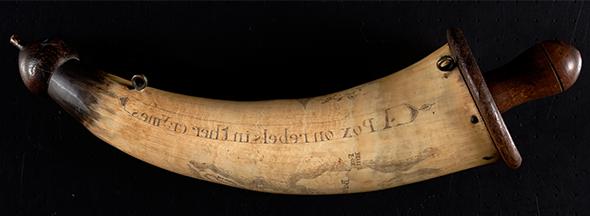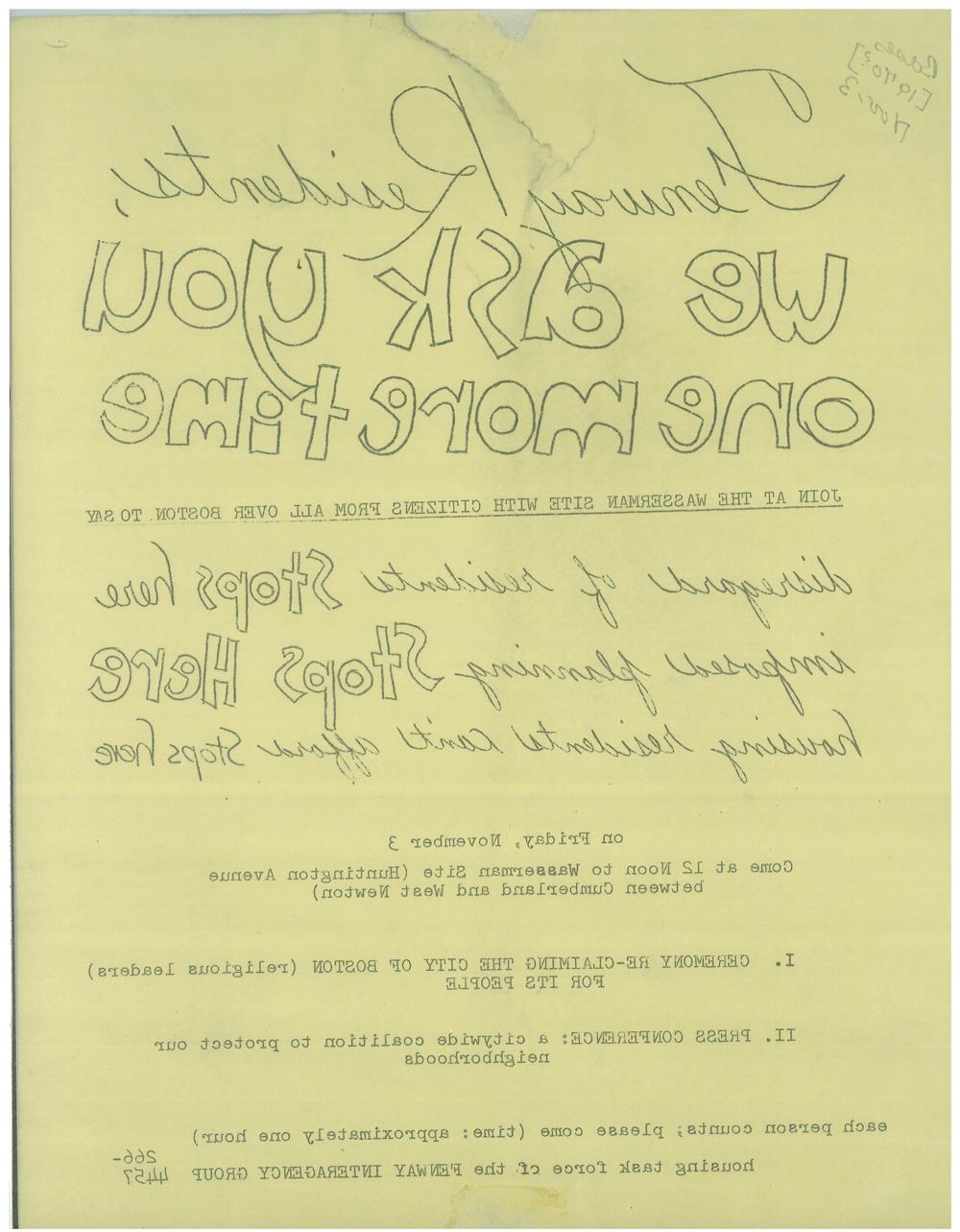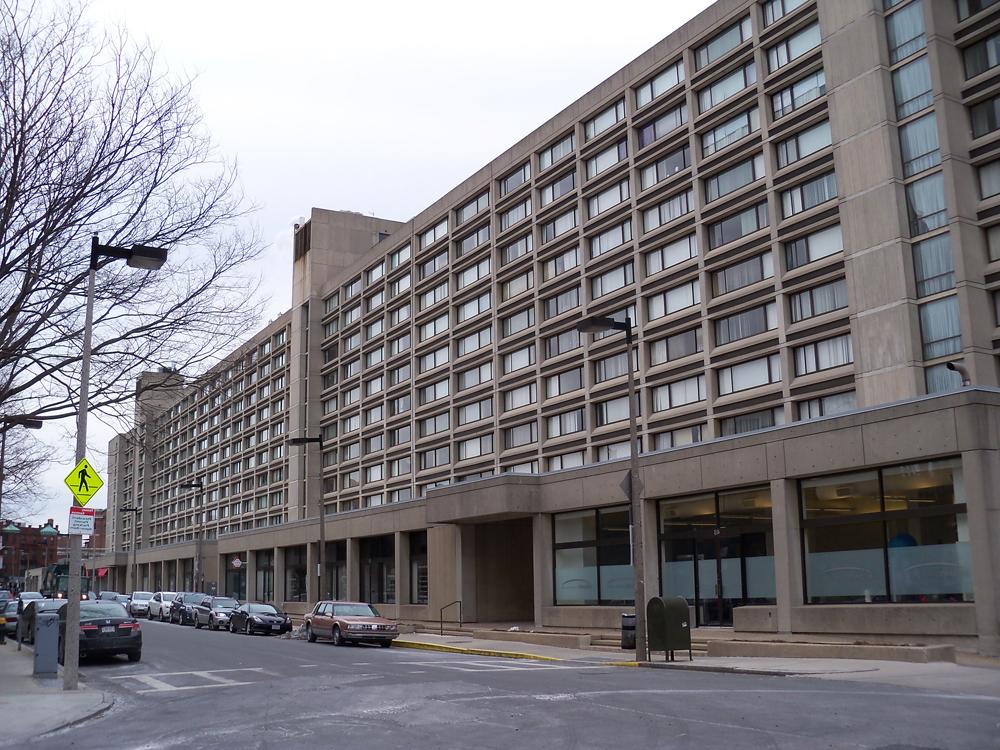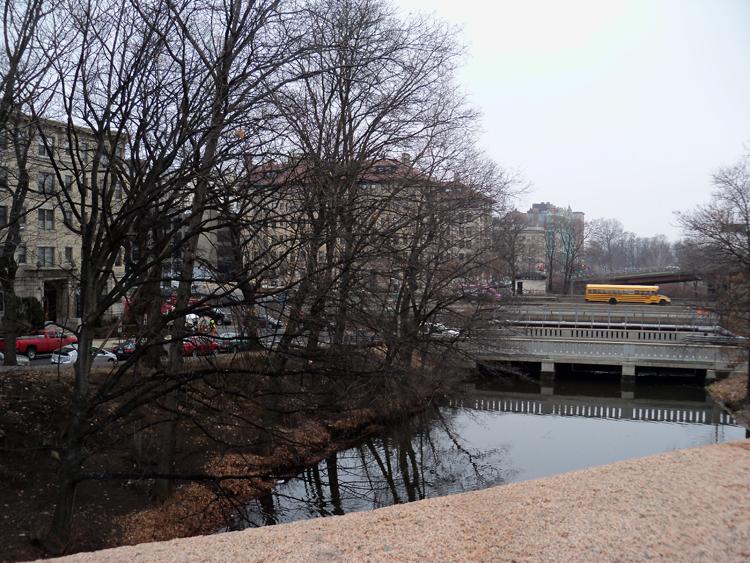By Shelby Wolfe, Reader Services
I find a visit to any of New England’s burying grounds fascinating year-round, but I consider treading among slate gravestones and timeworn monuments in October a quintessential New England experience. The leaves turn and fall, beautifully marking a transition from livelier months to the eventual stillness of winter. It’s a fitting setting to consider the lives and deaths of those memorialized on surrounding grave markers. In Historical Sketch of Copp’s Hill Burying-Ground with Descriptions and Quaint Epitaphs, published in 1909, John Norton provides an overview of Copp’s Hill in Boston and the burying ground’s gravestones. Norton begins with a history of Copp’s Hill, spanning its early days as “the North burying ground” through a time “when the well-to-do of Boston dwelt largely in the North End” to the end of the burying ground’s growth around 1832. The second half of this publication includes photographs and epitaphs of select gravestones and monuments.

Hull Street Entrance, Copps Hill Burying Ground
As I read through this Historical Sketch, I realized I neglect to spend as much time as I should to pause and read headstones as I walk through a graveyard. It’s a shame, because whether you appreciate some blunt wisdom from the grave or simply enjoy an eerie epitaph, these gravestones have you covered. Thankfully, John Norton mitigates my neglect with this compilation of “old epitaphs, many of them, as is usual in old burying-grounds, quaint and curious, some incoherent and ungrammatical.” Reading these lines on paper might not have the same effect as seeing them inscribed on their intended medium, but I found this publication a handy tool for noticing themes and considering intentions of particular inscriptions.

Copps Hill Buyring Ground. (Central Part.)
Norton includes his own commentary on certain epitaphs. He remarks, “Doubtless the oddest and most puzzling is that over the grave of Mrs. Ammey Hunt, who died in 1769. We have no clue to the neighborhood gossip hinted at in these peculiar lines:
A sister of Sarah Lucas lieth here,
Whom I did Love most Dear;
And now her Soul hath took its Flight,
And bid her Spightful Foes good Night.
Norton continues, noting an “even more amusing…tradition connected with the following conventional stanza” on the stone of Mrs. Mary Huntley:
Stop here my friends & cast an eye,
As you are now, so once was I;
As I am now, so you must be,
Prepare for death and follow me.
This reminder is a common theme of Copp’s Hill epitaphs, some phrased more motivationally than others:
Susanna Gray, July 9, 1798,––42.
Stranger as this spot you tread,
And meditate upon the Dead;
Improve the moments as they fly,
For all that lives must shortly die.
Mrs. Mary Harvey, died May 2, 1782, aged 63:
Mark, Traveler, this humble stone
‘Tis death’s kind warning to prepare
Thou too must hasten to the tomb
And mingle with corruption there.
Mrs. Hariot Jacobus, died, May 27, 1812, aged 20:
Stop here my friends as you pass by,
As you are now, so once was I;
As I am now, so you must be,
Therefore prepare to follow me.
Others take a more resigned, if not foreboding, approach:
Mrs. Mary Hughes, d. in 1765, aged 46:
Time, What an empty vapour t’is,
And days, how swift they flay:
Our life is ever on the Wing,
And Death is ever nigh.
The Moment when our Lives begin,
We all begin to die.
Mrs. Sarah Collins, died March 29, 1771, aged 62:
Be ye also Ready for you
Know not the Day nor hour.
Many epitaphs of younger women and children express themes of virtue and youth, imagery of fading flowers:
Miss Mary Fitzgerald, died Sept. 30, 1787, aged 19:
Virtue & youth just in the morning bloom
With the fair Mary finds an early Tomb.
John S. Johnson, died Sept. 9, 1829, aged 6:
See the lovely blooming flower,
Fades and withers in an hour
So our transient comforts fly,
Pleasure only bloom to die.
Others offer a sort of rational wisdom to console mourners:
Mrs. Deborah Blake, d. in 1791, aged 21 years:
Friends as you pass, suppress the falling tear;
You wish her out of heaven to wish her here.
Mrs. Abigail Cogswell, died Jan. 19. 1782, aged 42:
To those who for their loss are griev’d
This Consolation’s given,
They’re from a world of woe reliev’d
We trust they’re now in heaven.
If you have the opportunity, I encourage an autumn visit to Copp’s Hill and other historic New England burying grounds. While you take in the site and scenery, spend some time considering the lives and deaths of the individuals whose graves are marked. Read what they or their loved ones chose to be inscribed on their stones. For inspiration, historical sketches, and legible transcriptions of “ye ancient epitaphs,” as Norton writes, read more about visiting the library to work with Norton’s Historical Sketch of Copp’s Hill Burying-Ground and related material.



















 “Intersection of Boylston Street and Charlesgate from the West. Photograph by Anna J. Clutterbuck-Cook, January 2014.”
“Intersection of Boylston Street and Charlesgate from the West. Photograph by Anna J. Clutterbuck-Cook, January 2014.” “Charlesgate Park. Photograph by unknown photographer, circa 1893-1896. Sarah Gooll Putnam Diaries, vol 20, MHS.”
“Charlesgate Park. Photograph by unknown photographer, circa 1893-1896. Sarah Gooll Putnam Diaries, vol 20, MHS.” “Charlesgate Park from the corner of Boylston Street and Charlesgate East. Photograph by Anna J. Clutterbuck-Cook, January 2014.”
“Charlesgate Park from the corner of Boylston Street and Charlesgate East. Photograph by Anna J. Clutterbuck-Cook, January 2014.”